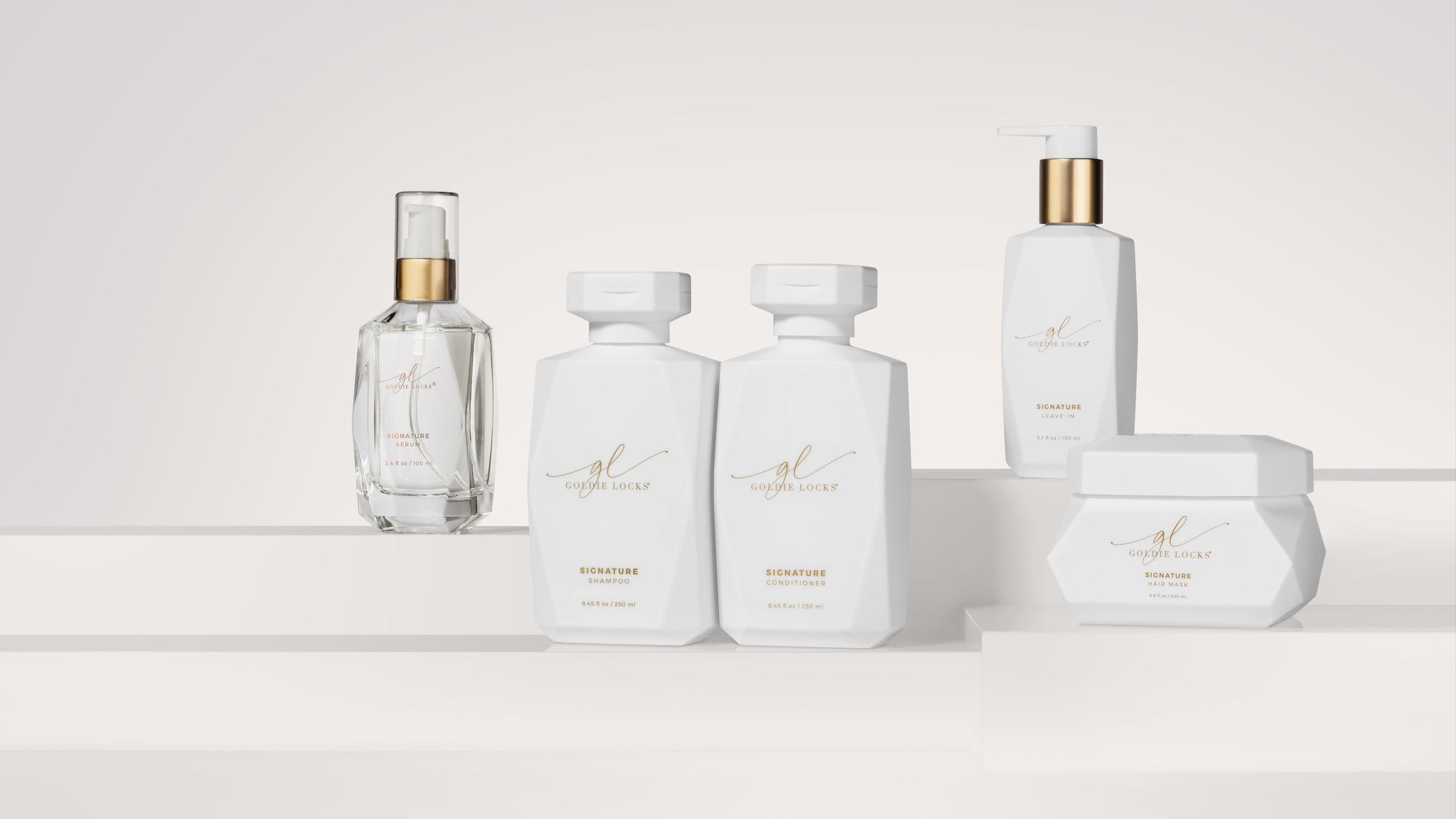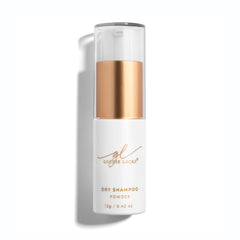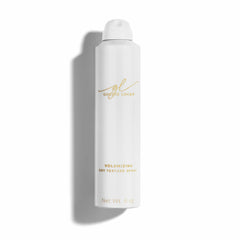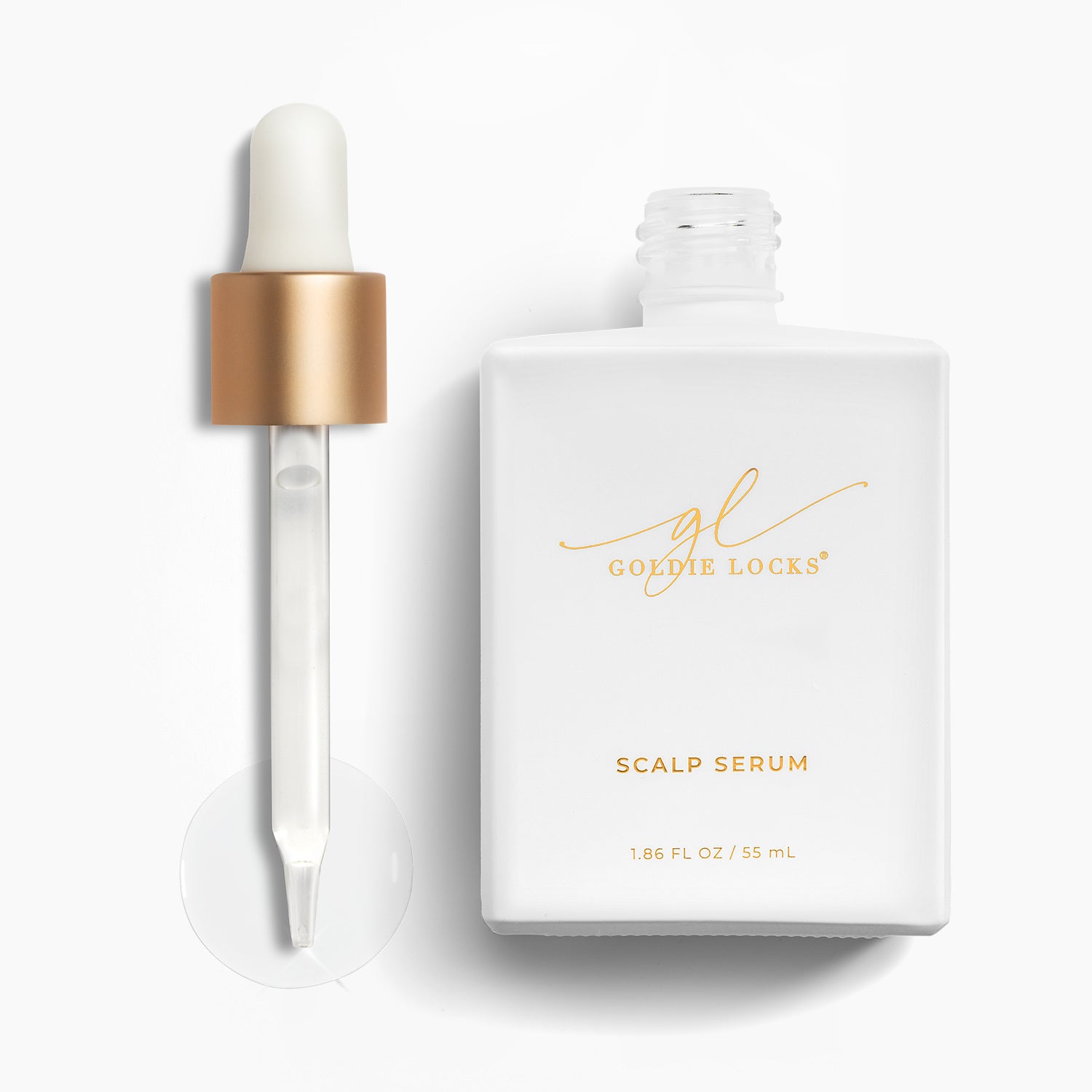There is something to be said about hat wearing that leads us to believe the more attached we are to wearing them the more at risk we are to losing our hair. Is it the fact that we think we refuse to allow sunlight to nourish our scalps, or that we think oxygen suffocates the follicles? Wherever this old wives tale started it certainly caused an uproar at least in curiosity for us to wonder if wearing a hat will in fact lead to hair loss.

Rest assured that there is no basis, fact or proof that wearing hats leads to premature hair loss. Of course this is based off of an average fitting hat and not something tightly worn like a swim cap, those will cause hair loss due to hair breakage. If you are wearing your hat responsibly there is no cause for concern that your hair will fall out from the follicle because you are shading your scalp and usually your face from those harmful ultraviolet rays.
What can cause hair loss?

When we think of hair loss and try to help you navigate solutions there are a number of considerations we assume when you have a consultation, one of them includes genetics and overall health. In this blog we are not going down the predictive rabbit hole of telling you how important hydration and leafy greens are, though incredibly important in hair health, we are going to focus on one factor that makes up who you are no matter your sex, testosterone.
Let’s take a look at the different types of testosterone that are in our bodies at any given time and why it is an important factor to consider when all else has failed.
What is testosterone?

Testosterone is an important hormone for overall health in both male and females, although its functions are different based on your sex. While it is present in females and contributes to maintaining muscle mass and bone density, it is largely present in males and contributes to regulating red blood cell production, metabolism and energy levels. Having an imbalance of this hormone can affect your hair loss in different ways.
The three common types of testosterone
Testosterone is the primary male sex hormone, also in females in small amounts. This hormone plays a crucial role in male development and everyday health including muscle growth. This hormone is not directly responsible for hair loss. While testosterone may have an indirect effect on it, it’s not the only factor.

Dihydrotestosterone is a potent androgen (stronger “stickier” hormone) that is derived from testosterone by an enzyme. This DHT connects itself to the androgen receptors found in your hair follicles. When it sticks to the hair follicle it causes it to become miniaturized, this is what leads to hair loss – androgenetic alopecia.
Free testosterone is what testosterone is circulating in your body but it is not connected to any protein. Only free testosterone can interact with cells and tissues including hair follicles. While free testosterone is not responsible for hair loss, the higher levels that is in your body allows for an increase for it to convert into DHT, which will lead to hair loss.
Why do higher DHT levels contribute to hair loss?
Hair follicles go through a natural growth cycle which consist of three phases, growth phase, a resting phase and when the hair releases. If you are genetically predisposed for hair loss, your follicles are more sensitive to DHT. When the DHT finds and attaches itself to the hair follicle it shortens the three growth cycles of the hair causing it to shrink in hair diameter. In time the hair cycles become shorter, hair becomes shorter with the inability to grow long, and the falls out. In time, hair stops growing altogether.


























